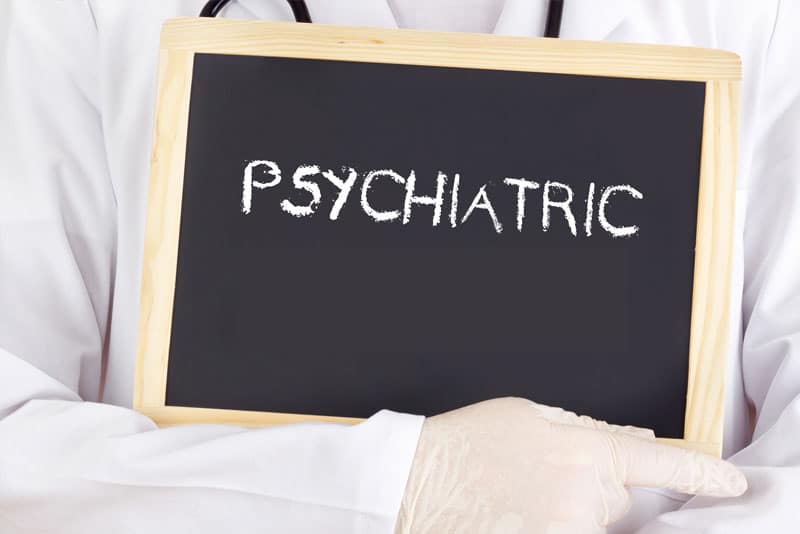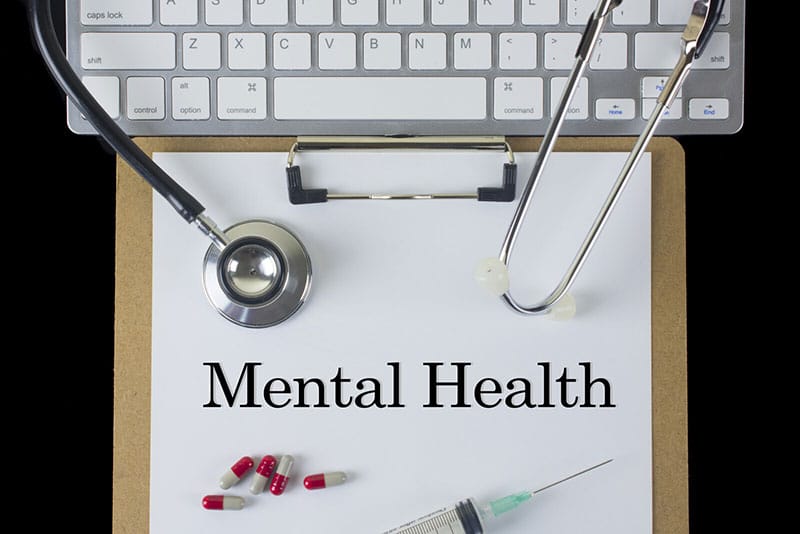Behavioral and mental health disorders are a leading cause of illness and disability worldwide. Poor mental health can negatively impact physical health, and vice versa. It also affects family and relationships, social interactions, school and work, etc. Behavioral and mental health practices collect more comprehensive data as a result of screening tools and from ongoing treatment. Mental health transcription services are available to help them streamline documentation, increase efficiency, and meet their unique data reporting requirements.
Over 44 million American adults have a mental health condition, according to Mental Health America. However, untreated behavioral health conditions are a major concern in the US. Recent reports highlight the urgent need to bridge the care gap in behavioral health.

Mental and Behavioral Health – Staggering Stats
Nearly half of all Americans with mental illness are not getting treatment, according to Mental Illness Policy Org. The National Institute of Mental Health estimated that during a one-year study period, 51 percent of adults in the U.S. with bipolar disorder and 40 percent with schizophrenia were untreated. Only 43 percent of people with mental illness received treatment in 2016.
A 2017 survey conducted by the Substance Abuse and Mental Health Services Administration (SAMHSA) revealed that of the estimated 56.9 million US adults with a behavioral health condition, 7 out of 10 (or 39.7 million adults) are not receiving treatment for it (www.fiercehealthcare.com). According to the report, as much as 92% of adults with substance use conditions do not receive treatment. The rates of non treatment for those with serious mental illness and other mental illnesses are 33% and 65%, respectively.
A recent study commissioned by the Michigan Health Endowment Fund (MHEF) found that nearly 38 percent of people with a mental illness (670,000 residents) and 80 percent (more than 500,000 people) with substance use disorder were not getting treatment in Michigan (www.bridgemi.com). The news report cites the executive director of the Michigan chapter of the National Alliance on Mental Illness as saying that they considered this an epidemic in mental illness in Michigan.
Mental health disorders are widely prevalent among children. According to a University of Michigan study published in JAMA Pediatrics, about one in seven children have at least one treatable mental health disorder, including depression, anxiety or ADHD. However, the researchers found that half of them did not receive the required treatment from a mental health professional in 2016.
Barriers to Behavioral Health Care
There are many reasons why people with symptoms of behavioral health conditions may not actively seek or receive diagnosis and treatment for their disorders. A 2018 report from virtual behavioral health care provider Able To, Inc. found “cost” and “stigma” to be the most important barriers to mental health care. The key barriers listed in the report are as follows:
- Costs of treatment are high (inability to pay)
- Stigma or society’s attitude toward mental health
- Fear of being labeled
- Unsure if condition is serious enough to need treatment
- Stigma of thinking something is wrong with me
- Fear of having to take medication
- No time to seek help, go to counseling, etc.
- Unsure if health insurance will cover therapy
- Fear of discussing personal problems with physician/therapist
- Most treatments are not very effective
Similar to medical conditions, early intervention is crucial to achieving success in treating mental and behavioral health conditions. Primary care providers are often the first point of contact for children with psychiatric disorders. Therefore, primary care providers need to collaborate more effectively with mental health professionals and families to bridge care gap in behavioral health.
Measures to Bridge Mental Health Gap for Patients
As there is a strong link between mental and physical health, patient monitoring by both primary care providers and mental health professionals is crucial to ensure that both behavioral and physical problems are addressed. Here are expert views on the matter, including recommendations provided in a recent article published by Psychiatry Advisor:
- Simplifying state-regulated health care facility requirements, especially for co-located primary care and behavioral health settings
- Promoting bidirectional workforce education
- Encouraging a collaborative team-based approach to care – screening patients, implementing first-line treatments, and having consultation and referral options to psychiatrists in primary care offices. Blending physical and mental health care within a single facility increases care collaboration and also decreases patient stigma
- Expand financing and reimbursement options for integrated care
- Improving mental health literacy and helping patients make informed decisions about healthier lifestyle behaviors, including addressing tobacco use and excess weight.
- Improving mental health coverage
- Ensuring qualified providers are available by training more psychiatrists and providing physician assistants (PAs) with specialized training in mental health.
- Using telehealth to overcome lack of access to mental health treatment – providers can use secure communication pathways to engage with patients wherever they are located and deliver mental health care.
Integrating mental health care in primary care settings will provide mutual access to electronic health record systems. Medical transcription outsourcing can help physicians manage their EHR-related documentation tasks and streamline reporting requirements.


